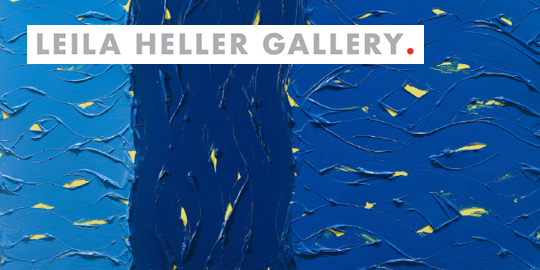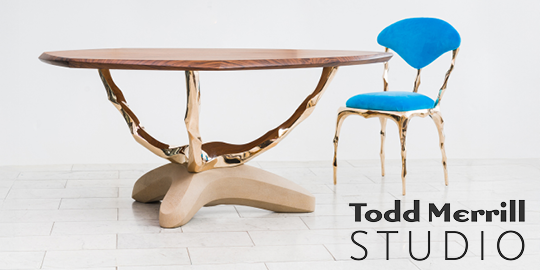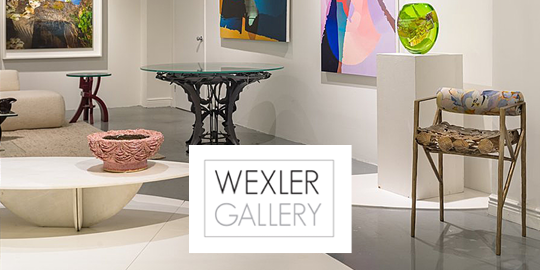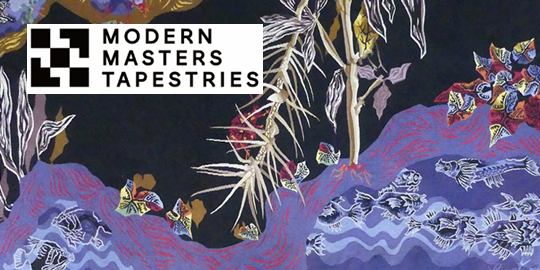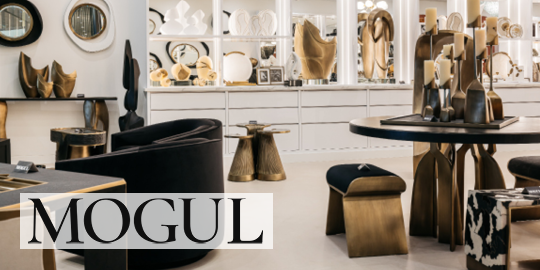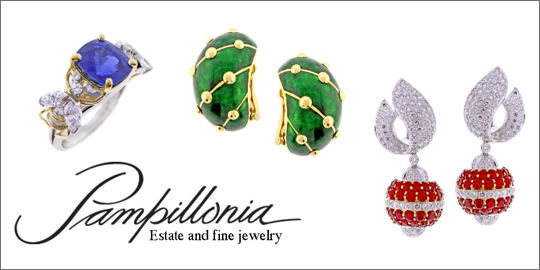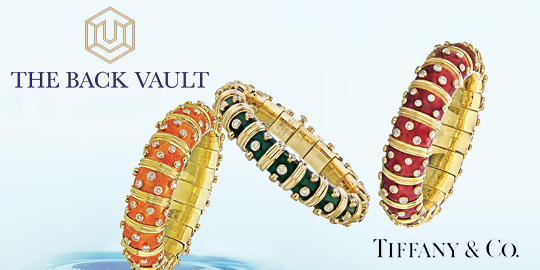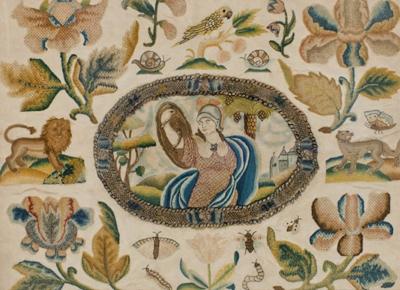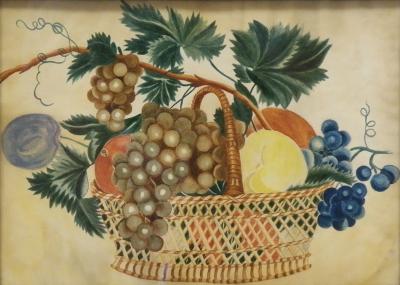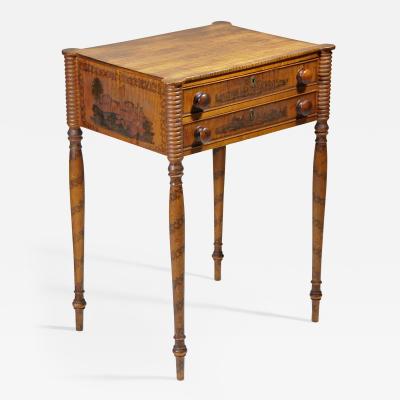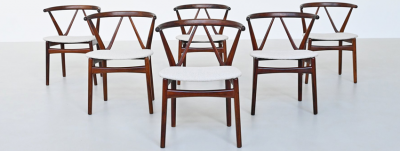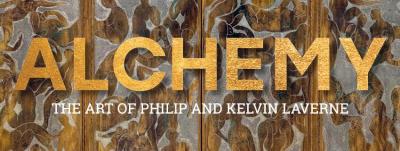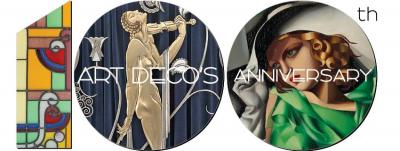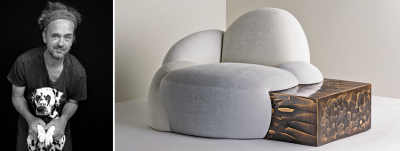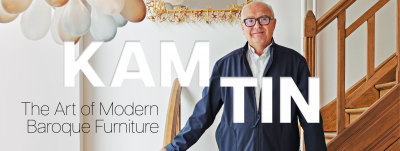Winterthur Primer: Rethinking the Origin of an Early Silkwork Picture

- Fig. 1: Needlework picture, probably depicting the meeting of Isaac and Rebecca. Attributed to Nancy Ann Carlisle, ca. 1690–1740. Mid-Atlantic region, possibly worked in Philadelphia. Embroidered silk on satin weave silk. Museum purchase with funds provided by Lammot du Pont Copeland (1953.0152.007A). Courtesy Winterthur Museum.
Samplers and needlework pictures can provide a tantalizing sense of connection to early American history, serving as rare links to the personal experiences of girls and young women of the era. Even more alluring for their mystery are those pieces passed down without signature or documentation, as is the case with a silkwork picture in Winterthur’s collections since the 1950s (Fig. 1). Long said by family tradition to have been made in early eighteenth-century rural New Jersey, this elaborate piece is made still more complex by a reinvestigation of its origins.
Both its old-fashioned visual style and its biblical subject are suggestive of seventeenth-century English embroidery tradition.1 Points of comparison include the Stuart-style dress, the simply executed facial features, and motifs such as the rolling hills and distant tents, the abundant small animals and flowers, the anthropomorphized sun, and the prevalence of oak trees with snake-like trunks and lumpy leaves.
But what of the family stories that the piece was worked in colonial New Jersey by a girl named Ann Carlisle? Genealogical research reveals nothing to support the traditional creation place. Yet, there are possible connections between the previous owner and an early eighteenth-century Carlisle family, well-off settlers of Sussex County, Delaware.2 Given the region’s proximity to Philadelphia, it’s possible that just such an affluent Delaware family may have sent their daughter to be educated in the city.3 In further exploring the visual clues, we find additional encouragement for a Philadelphia connection.
The picture’s mount represents a powerful piece of evidence.4 With the needlework laced to a cedar board through a series of small drilled holes, the mount strongly resembles those of the two Sarah Wistar pictures in Winterthur’s collection and, according to curator Linda Eaton, of other work from the Philadelphia school of Elizabeth Marsh and her daughter Ann.5 Eaton has argued that mounts and original frames are crucial, and often overlooked, factors in discerning the origins of samplers and embroidered pictures. The piece under discussion may be another case in point, with the mount providing important support for a possible Philadelphia origin. 6
Striking visual similarities to other Philadelphia needlework pictures strengthen the possible connection to this city, and to the Marsh school, in particular. In a 1738 sconce by Margaret Wistar, sister of Sarah Wistar and a likely student of Elizabeth Marsh,7 we see multiple points of comparison (Fig. 2). The treatment of the sun, dog, sheep, and butterfly are all notably similar to these same elements in the present picture. The flying golden birds in particular share the same positioning of body, tail, and wings, the same tufted head, and the same groupings of feathers on the tail and wings. This correspondence carries over to other examples of the same subject, including a circa 1730 picture executed by Ann Marsh herself.8
The five-pointed flower in the middle right section of the present picture is an additional motif that appears in the work of Ann Marsh and her students, and, as noted by Amanda Isaac, in Philadelphia silkwork in general.9 Comparing details from the present picture and one of Sarah Wistar’s works at Winterthur, we find a particularly strong visual correspondence. In each of the buff-colored flowers shown in figures 3 and 4, the center is executed in French knots, and the smooth, single-lobed leaves are skillfully shaded using multiple hues of silk, suggesting yet another similarity between the piece under discussion and the needlework of Philadelphia.
Despite a lack of genealogical or historical evidence to strengthen the proposed Philadelphia origin, these visual and technical points of comparison are compelling reasons to attribute the piece to the area. A connection to the Marsh school represents an even more tantalizing possibility: in the annals of American needlework history, Elizabeth Marsh is a major figure, credited with setting the course for the development of Philadelphia’s sophisticated style.10 A confirmed connection to this teacher could strengthen our understanding of an important needlework school. Further, in this picture, we may have an unusual early survival of particularly elaborate work, challenging our assumptions about the level of accomplishment of women and girls of the era.
-----
Emelie Gevalt is a second-year Lois F. McNeil Fellow in the Winterthur Program in American Material Culture. Previously she was a Vice President and Senior Account Manager at Christie’s, New York, and has a B.A. from Yale. Her Winterthur thesis will undertake a study of Taunton chests, from their 18th-century origins to their early 20th-century interpretations through the eyes of pioneering Americana collectors.
More Winterthur Primer articles are available by searching Incollect or can be found in one location at Winterthur.org.
This article was originally published in the Winter 2016 issue of Antiques & Fine Art magazine, a fully digitized version of which is available at www.afamag.com. AFA affiliated with Incollect. The original title of the article was: "Winterthur Primer: Traces of Philadelphia in an Early Silkwork Picture."
2. The piece descended in the family Harry M. Wilson of Cumberland County, New Jersey; Wilson’s great-grandfather was William Carlisle, who, according to a death record, was originally from Delaware. Although no definitive link has been established between William Carlisle and the Carlisles of Sussex County, Delaware, there are instances of both families using the surname Pemberton as a first name for their sons, suggesting a common ancestry. See the 1850 Maurice River, New Jersey, census record for William Carlisle, and Esther Littleford Woodworth-Barnes, “Captain Thomas Pemberton (ca. 1655–ca. 1717) of Maryland and Delaware,” National Genealogical Society Quarterly: 265–269. Photocopied record, Family History Folders, “Pemberton,” Delaware Historical Society Research Library. For additional documentation of these findings and for further genealogical research, see Emelie Gevalt, “From England to Philadelphia: Distinguishing Influences from Origins in a Silkwork Picture,” Winterthur registrar files, 2016.
3. I am indebted to Gloria Seaman Allen, Cynthia Steinhoff, and Amy Finkel for these suggestions, in email correspondence with the author, April, 2016.
4. Linda Eaton, in conversation with the author, March 2016.
5. Linda Eaton, “Needlework and their Frames: Multimedia Objects. Winterthur Primer,” Antiques & Fine Art magazine (14th Anniversary, vol. XIII, no. 1): 268–270.
6. Further research is needed to determine whether these types of mounts are indicative of a specifically Philadelphia origin or simply of a Mid-Atlantic one.
7. Betty Ring, Girlhood Embroidery: American Samplers & Pictorial Needlework 1650–1850 (New York: Knopf, 1993): 354.
8. See Ring, 355, for the Ann Marsh sconce; see Winterthur object number 1966.1391A for another example of this subject.
9. Amanda Isaac, “Ann Flower’s Sketchbook: Drawing, Needlework, and Women’s Artistry in Colonial Philadelphia,” Winterthur Portfolio 41 (Summer/Autumn 2007): 152.
10. Ring, 332.


